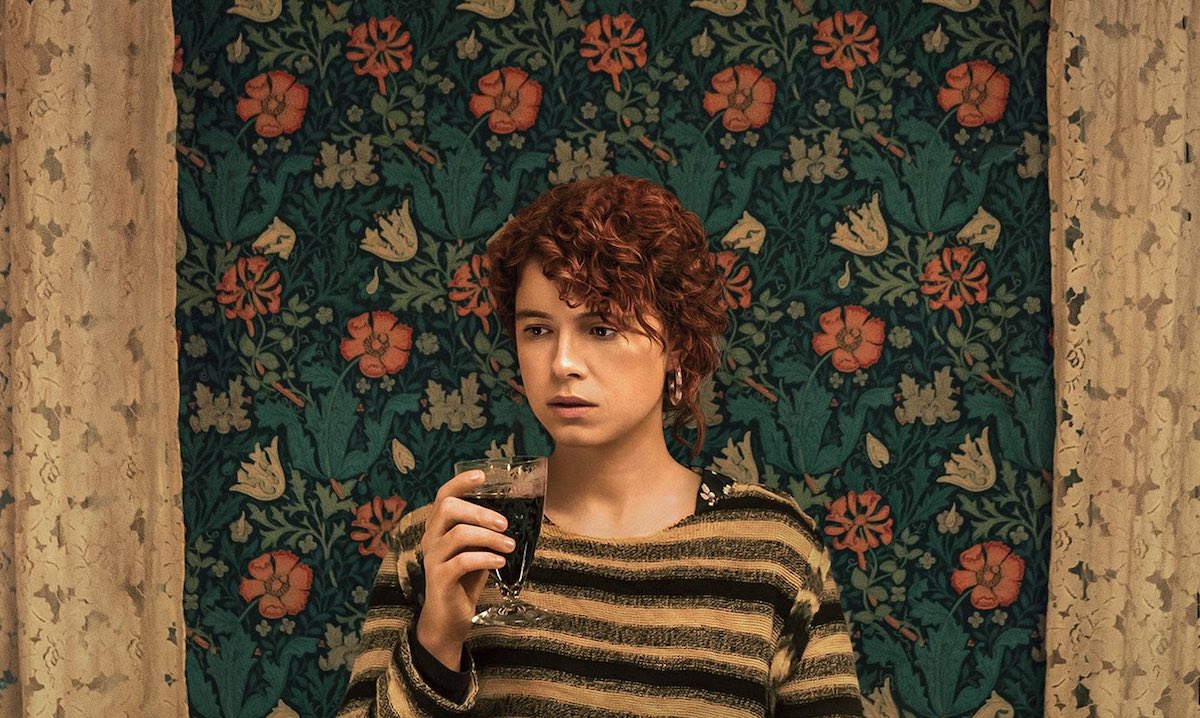
There’s always a sense of expectation when we go to the movies. We have an hunch about how things will end, how many people will die, how many people will fall in love, whether a dark corridor leads towards death or to another world. This is all predicated on genre. We’re prepared for movies which casually cross-genre, that switch rather slickly between Sci Fi and Western (think Back to the Future III) or Horror and Musical (think Phantom of the Paradise), but there are some films which move through genre rather differently.
There are films which, on a more unconscious level, defy the genres that they’ve tried to fit into, having failed to conform to its norms; they mutate, evolve into something strange and unfamiliar. These films aren’t just a conscious decision to blend genre, but seem to escape it by gaining a life of their own. In fact the sheer multiplication of genre-types would suggest that grouping films together is somewhat limiting. The fact that a film like Anomalisa (2015) has been classified as a Slice-of-Life-type-Drama-style-Animation shows that some films are too expansive to be contained. And yet, could we really imagine a genre-less film? Even the most abstract and plotless can be labelled ‘art films’. It’s a strange double-bind that cinema finds itself in.
Today, genre is still crucial in the film-watching experience (streaming services like Netflix of course catalogue their films by genre). This insistence that genre be integral to films makes the runaways, the exiles, the black sheep of cinema all the more fascinating and weird. They are the films that we didn’t expect.
1. My Own Private Idaho (1991)
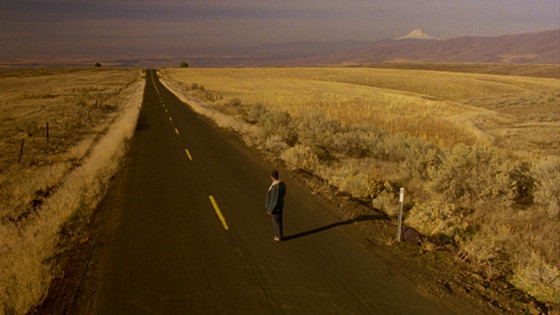
Part road movie, part documentary, part Shakespearean epic, Gus Van Sant’s My Own Private Idaho (1991) is notorious for its strange fragmented mix of different genres. The film focuses on a narcoleptic hustler, Mike (River Phoenix), as he tries to relocate his absent mother, some vestige of a ‘home’ that’s always out of reach. Considered a landmark in New Queer Cinema, the film’s form is considerably fascinating. Van Sant has handled male prostitution on the screen before, with his debut film Male Noche (1986), a straight forward noir narrative about a man who becomes obsessed with a Mexican hustler. But Private Idaho’s stylistic leap from Male Noche was both unexpected and generally innovative.
While initially narrating the story of Mike and his friend Scott (Keanu Reeves), the film shifts into a pseudo-documentary, interviewing different hustlers who work the Portland streets. The fourth wall breaks down as we leave fictional drama and enter docufiction, giving the confessional stories of the hustlers a matter-of-fact immediacy, making the loneliness of the anti-heroes all the more poignant.
The film is also part Shakespearean adaptation, with Reeves acting as an Americanised Prince Hal (from Henry IV), speaking in Shakespearean verse. What’s interesting about Private Idaho is that its evasion of a single genre is partly because of external factors, rather than an internal manipulation of genre. The abruptness of these stylistic transitions come from Van Sant having initially written two separate screenplays which he blended together using the ‘cut-up’ technique popularised by William Burroughs.
Private Idaho feels like a film told through fragments, each one possessing a different cinematic possibility – period adaption, hustler melodrama, and ultimately, a touching portrait of a lost boy who longs for a home which forever seems absent, adrift on the edge of consciousness.
2. Poison (1991)
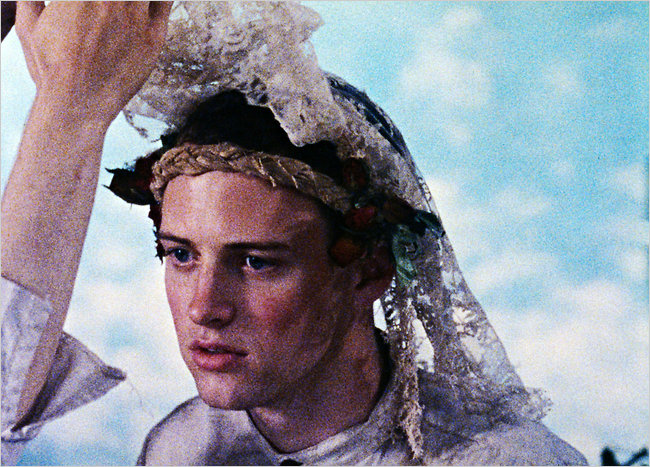
Much like Private Idaho, Todd Haynes’ debut film, Poison (1991) is stylistically fragmented, comprised from three intercut stories. The segment entitled Horror focuses on a scientist who has manufactured an ‘elixir of human sexuality’, only to have the potion turn him into a deformed monster. Shot like a 50s B-movie, the segment parodies prior horror films about men whose scientific curiosity has disastrous results, usually making them social outcasts (such as in Frankenstein or The Fly).
The segment entitled Homo sets us up for a queer short about a prisoner trying to reconcile his masculinity with his desire for another prisoner. The segment mixes dreaminess and grit in a way that resonates with Fassbinder’s Queerelle (1982). Imprisonment and introspection lead the narrator into moments of flashback, mixed with erotic fantasy, not dissimilar to Mike’s dreams in Private Idaho. The third segment, Hero, is perhaps the more nuanced of the segments; told like a televised documentary, the story covers a little boy who shoots his abusive father, only to then mysteriously fly out the window.
Poison is curious and daring in the way it combines the three stories, each one imitating a very different genre – kitschy horror, queer romance, and tabloid news footage. But what’s exciting is the way the stories interact, what they reveal about each other. Seemingly random and unconnected, the films offer different meditations on desire, longing, and states of otherness. The scientist is made a social outcast, the prisoner is literally separated from society through incarceration, estranged from himself by his bourgeoning sexuality; and the little boy defies the patriarchal family unit, and mysteriously finds freedom in the limitlessness of the sky. Each story involves a transformation of some sort, a mutation, a discovery that changes the rules of the game.
3. Make Up (2019)
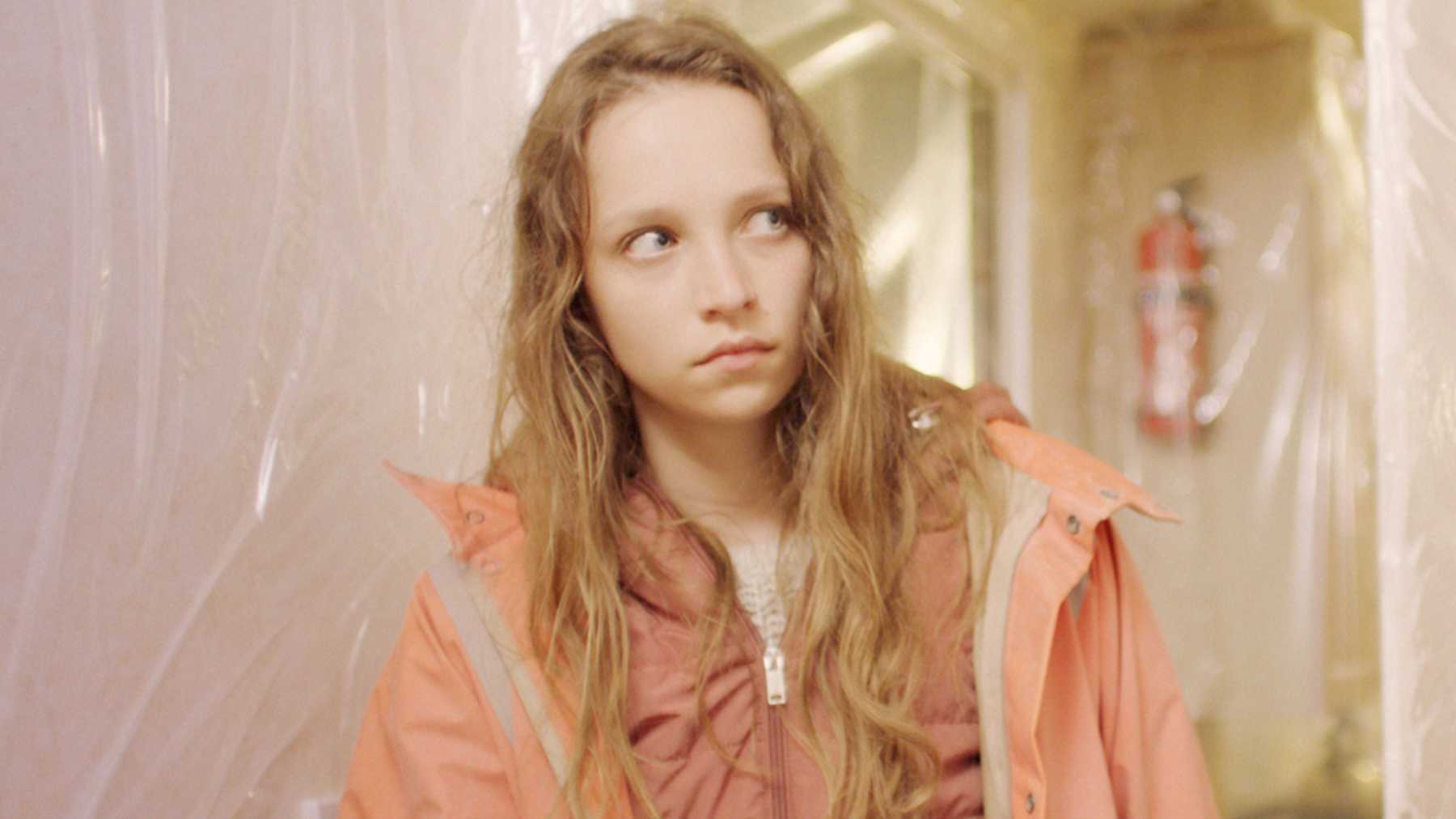
Emerging filmmaker Claire Oakley’s debut film, Make Up (2019) is impressive in its nuance, its ability to evade the genres that it pretends to belong to. The film follows a young girl, Ruth, who has planned to crash with her boyfriend while he spends his winter working at a holiday park. Off-season, there is a distinct emptiness and weirdness to the space – regimented rows of seemingly empty caravans – and the film is marked by hauntingly beautiful shots of Ruth exploring the park, which gradually shifts into a horror site.
Despite using the word ‘horror’, Make Up is not a genre-film, though it’s playful with some of the tropes of other genres, including a suspenseful scene where Ruth is left alone in the park’s poorly-lit arcade. The camera lingers on the surrounding unlit space, having us believe that this moment of suspense will be sharply cut by a fright or jolt. Oakley doesn’t afford us this quick release, the horror-genre cliche. Instead, suspense dissipates, and it never really leaves us for the rest of the film, tinging other elements in the story such as Ruth’s relationship with other people. Make Up, being a film about queer desire, never allows itself to get pigeonholed as a ‘lesbian romance’ (as some critics have dubbed it). It’s queerness resides in how desire and horror seem to accommodate each other in making the familiar landscape seem strange, haunted, inescapable.
4. I’m Thinking Of Ending Things (2020)
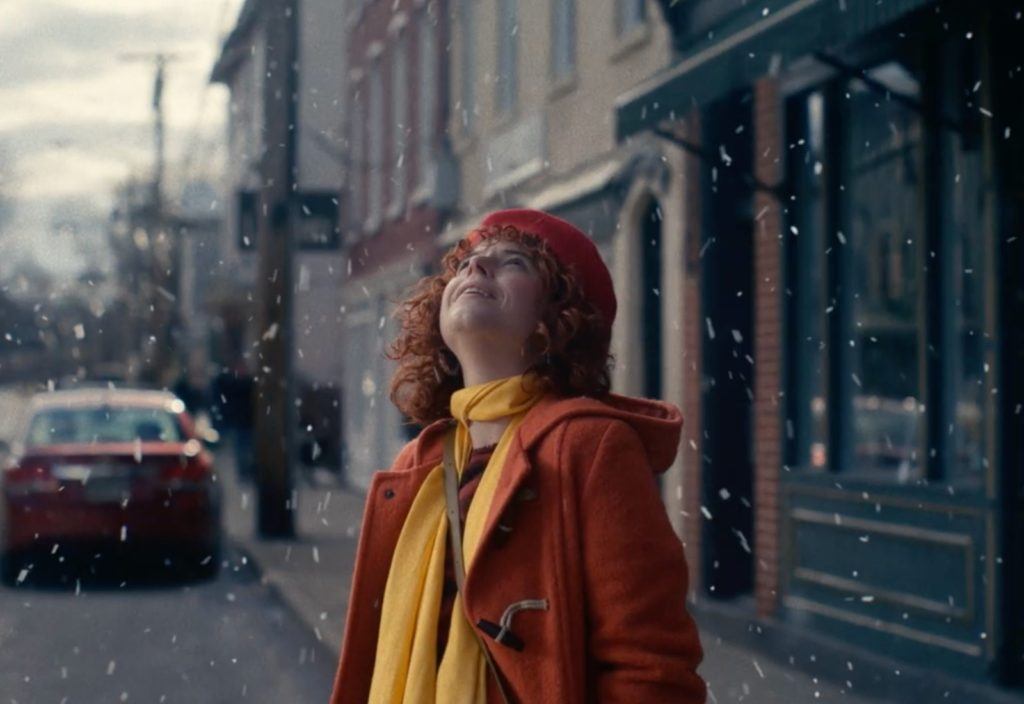
When people decide to watch a Charlie Kauffman movie, usually they acknowledge that they’re in for something unusual. Kauffman is outspoken about his mistrust of structure and genre – that films need to conform to a certain formula. And yet his latest film, I’m Thinking Of Ending Things (2020) is perhaps the only film he has made which some critics consider a genre picture. But like Oakley’s Make Up, Kauffman’s film plays with genre, especially horror, reworking the term in such a way that the film becomes something completely unexpected, even by Kauffman’s standards.
Strictly at surface level, the film is about a young woman driving with her boyfriend, Jake, as they take a trip to his parents’ farm. She is doubtful, speculating whether or not to end things between the two of them. We’re in slice of life territory, a romantic drama – until it becomes increasingly apparent that her boyfriend seems to be able to read her thoughts. Then there’s a tonal shift; arriving at her boyfriend’s childhood home, the film becomes increasingly more eerie. She finds a photo of herself as a child in her boyfriends house, paintings she believes herself to have painted are credited to someone else. In short, she’s not herself. She’s potentially not anybody.
Kauffman’s film is one where people are perhaps not really people, where we invent our loved ones quite literally, where identity and time are constantly re-shifting and dissolving. In fact, despite beautifully sad performances by Jessie Plemons and Jessie Buckley as the two leads, the fact they share the same forename was surely irresistible for Kauffman, whose central character is likely the desperate figment of her boyfriend’s imagination, that is to say, they’re essentially the same person.
This is the heart of horror for Kauffman. It’s not frights, jumps, monsters lurking in the shadows. Within the unknown is only more unknowingness. Something which is at the core of identity, of mortality. Jake even instructs his girlfriend not to go down to the basement in his family home, because, he insists, terrible things happen in horror movies to people who go into dark basements.
The film sets us up for this model of self-parodying horror, but never delivers. The only horror in the basement is the woman’s realisation that she may not be real. And reality become more and more unreal as the film shifts into different styles: cartoon hallucinations, a concluding song and dance number – and even a film-within-the-film, where a lonely janitor watches a sickly sweet rom com, hilariously credited to director Robert Zemeckis. Kauffman draws out the disparity between reality and fiction. In fiction, things have a certain way they must go. People fall in love and continue to love each other. People are happy. Outcomes are fixed, usually determined by genre. In reality, even horror is unpredictable, uncontainable, subjective, seeping into every aspect of life.
5. Blue Velvet (1986)
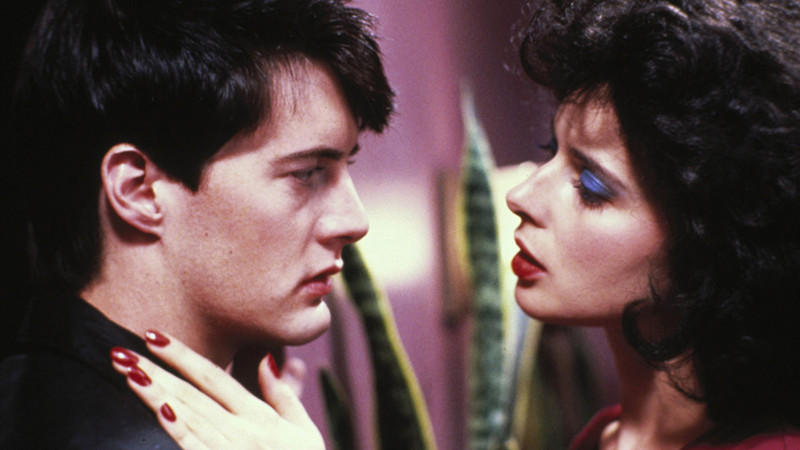
Blue Velvet (1986) was David Lynch’s comeback after his disastrous (though hilarious) attempt at a blockbuster, Dune (1984). The science fiction space opera was perhaps such a catastrophe because Lynch was working within a confined concept – to make a studio sci-fi epic. Blue Velvet was a very different film to follow. Instead of space, we’re in suburbia. And suburbia has never been the same after Lynch. As David Foster Wallace wrote of Lynch’s style, there’s ‘a particular kind of irony where the very macabre and the very mundane combine in such a way as to reveal the former’s perpetual containment within the latter.’ Lynch’s suburbia seems on the surface to be a warm, nostalgic rose-tinted world, not too dissimilar from the melodramas of Douglas Sirk. But in Lynch we get a strange sort of sub-genre, suburban gothic perhaps, where beneath the green grass resides insects, corruption, and foul play.
Lynch’s world is one where genres are sincerely deployed, but break apart amid the sheer strangeness of Lynch’s stories. When Sandy (Laura Dern) recounts her dream of a flock of robins bringing the ‘blinding light of love’ into the world, or when Jeffrey (Kyle MacLachlan) rather naively, almost stupidly asks ‘Why is there so much trouble in this world?!’, it feels as though Lynch is being sincere. His characters really are from Sirk melodramas – they’re strangely innocent. His characters therefore seem out of place in an awkward, surreal world of insane gangsters and dismembered ears. Indeed when Jeffrey dresses up like an exterminator to access the flat of Dorothy Vallens (Isabella Rossellini), hiding and spying on her from her wardrobe, Lynch is recycling a number of Film Noir tropes, which resurface in a distorted, definitely Lynchean way, not quite working in the same way as their original sources.
Though creating a gangster underworld, Lynch’s gangsters are unlike any other – ecstatic, camp, ethereal and violent all at once. Entering a Lynch movie, the unspoken contract we make with genres are completely reworked. True, the film conforms to a melodrama’s happy ending, but at a certain cost. The filmgoer is so traumatised by the strange logic of Lynch’s movies, that we can’t quite find closure even when the characters seem happy. Somethings’ wrong. The artifice of the melodrama shines through, it seems absurd, as though a set of norms and codes have been severed, irreparably so.